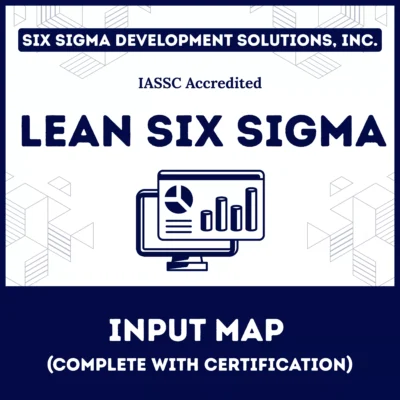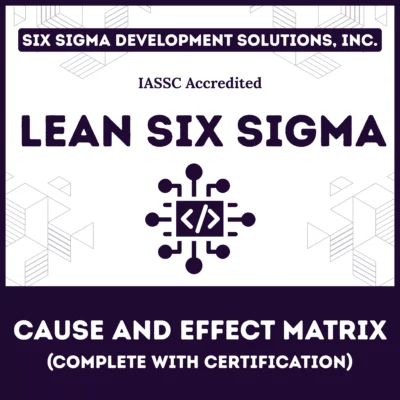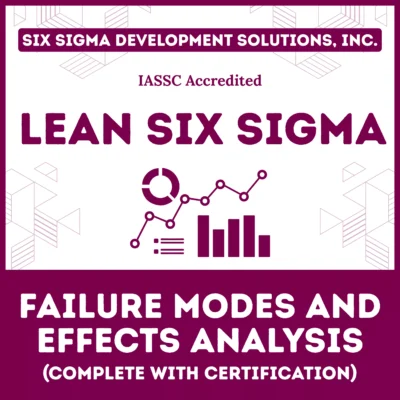Construction projects worldwide face a staggering reality: over 70% exceed their original budgets, and delays plague nearly every major initiative. However, forward-thinking construction managers have discovered a revolutionary approach that transforms chaotic project environments into predictable, efficient workflows. The Last Planner System (LPS) emerges as the game-changing methodology that’s reshaping how construction teams plan, execute, and deliver projects.
Originally developed by Glenn Ballard and Greg Howell in the 1990s, this innovative planning framework addresses the fundamental disconnect between traditional scheduling methods and the dynamic reality of construction sites. Unlike conventional approaches that rely heavily on static master schedules, the Last Planner System creates a collaborative, responsive planning environment that adapts to real-world constraints and opportunities.
Table of contents
What Is the Last Planner System?
The Last Planner System represents a comprehensive production planning and control methodology specifically designed for construction and manufacturing industries. At its core, LPS empowers the individuals who directly manage work activities—the “last planners”—to take ownership of commitments and drive reliable workflow.
This collaborative planning approach fundamentally shifts decision-making authority from distant project managers to frontline supervisors who possess intimate knowledge of actual field conditions. Consequently, planning becomes more accurate, realistic, and achievable.
The system operates on a simple yet powerful premise: those closest to the work understand best what can realistically be accomplished. Therefore, by involving these key stakeholders in the planning process, projects achieve higher levels of predictability, quality, and efficiency.
Meaning
The Last Planner System is a lean construction methodology designed to improve project planning and execution. Developed in the 1990s by Glenn Ballard and Greg Howell, LPS shifts the focus from top-down scheduling to a collaborative, team-driven process.
It emphasizes creating reliable workflows by involving those closest to the work—the “last planners”—in the decision-making process. These last planners, typically foremen or crew leaders, are the ones who execute tasks on the ground, making their input critical to realistic planning.
By fostering transparency and accountability, LPS reduces waste, minimizes delays, and enhances productivity. It’s not just a tool but a cultural shift that transforms how construction teams operate, making it a cornerstone of modern project management.
Public, Onsite, Virtual, and Online Six Sigma Certification Training!
- We are accredited by the IASSC.
- Live Public Training at 52 Sites.
- Live Virtual Training.
- Onsite Training (at your organization).
- Interactive Online (self-paced) training,
Why the Last Planner System Matters?
Construction projects are notorious for their complexity. From coordinating subcontractors to managing material deliveries, countless variables can derail progress. Traditional project management often relies on rigid schedules that fail to account for real-world challenges, leading to costly inefficiencies. The Last Planner System addresses these issues head-on by introducing a structured yet flexible framework.
Key Benefits
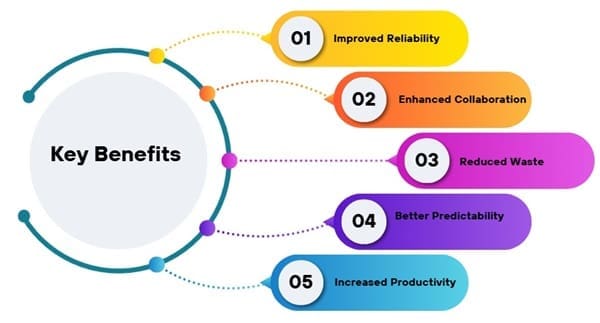
- Improved Reliability: LPS ensures tasks are only committed to when they can be completed, reducing the risk of unfulfilled promises.
- Enhanced Collaboration: By involving all stakeholders in planning, LPS fosters a sense of shared ownership and accountability.
- Reduced Waste: Lean principles eliminate unnecessary tasks, optimize resources, and streamline workflows.
- Better Predictability: Detailed planning phases allow teams to anticipate and mitigate risks before they escalate.
- Increased Productivity: Clear, achievable plans empower workers to focus on execution rather than firefighting issues.
These benefits make LPS a powerful tool for construction projects of all sizes, from small residential builds to massive infrastructure developments. But how does it work in practice?
How the Last Planner System Works?
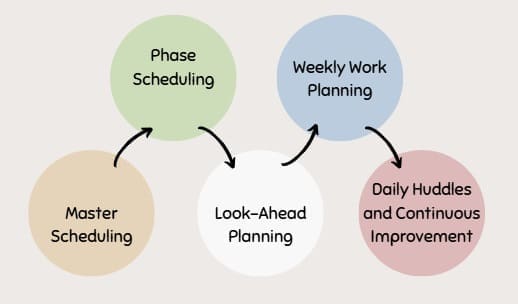
The Last Planner System operates through a series of interconnected planning phases that create a reliable, actionable workflow. Each phase builds on the previous one, ensuring that plans are realistic and aligned with project goals. Let’s break down the key components:
1. Master Scheduling
The process begins with a high-level master schedule, which outlines the project’s major milestones and deliverables. This schedule sets the overall timeline and provides a roadmap for the entire project. However, unlike traditional methods, the master schedule in LPS is not set in stone—it serves as a guide that evolves with the project.
2. Phase Scheduling
Next comes phase scheduling, where teams break down the master schedule into specific phases, such as foundation work or structural framing. This step involves collaboration between project managers, subcontractors, and other stakeholders to identify dependencies and sequence tasks logically. By mapping out each phase, teams can spot potential bottlenecks early.
3. Look-Ahead Planning
The look-ahead plan zooms in on a shorter time frame, typically 6–8 weeks. This phase focuses on preparing tasks to be ready for execution. Teams assess constraints, such as missing materials or permits, and work to resolve them before tasks reach the weekly work plan. The goal is to ensure that only “ready” tasks move forward, minimizing disruptions.
4. Weekly Work Planning
At the heart of LPS is the weekly work plan, where last planners commit to specific tasks for the upcoming week. These commitments are based on the look-ahead plan and are only made if all constraints are resolved. This step ensures that workers are confident in their ability to complete tasks, fostering reliability and trust.
5. Daily Huddles and Continuous Improvement
Daily huddles keep teams aligned, allowing them to address issues in real time. At the end of each week, teams review their performance using metrics like Percent Plan Complete (PPC), which measures the percentage of tasks completed as planned. This data drives continuous improvement, helping teams learn from mistakes and refine their processes.
Also Read: Lean Scheduling in Construction
Implementing the Last Planner System
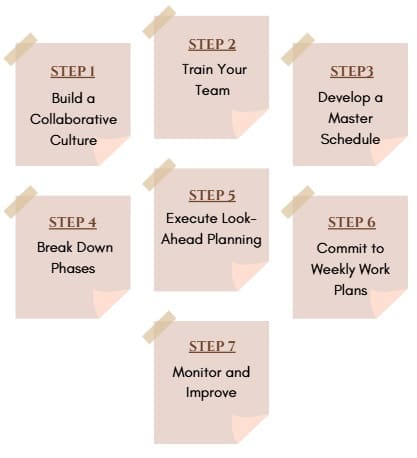
Ready to bring the Last Planner System to your construction project? Here’s a practical guide to get started:
Step 1: Build a Collaborative Culture
LPS thrives on teamwork. Start by fostering a culture of trust and open communication. Encourage all stakeholders—owners, architects, contractors, and subcontractors—to participate in planning. This collaborative mindset is the foundation of LPS success.
Step 2: Train Your Team
Educate your team on lean principles and LPS methodologies. Workshops, certifications, or hiring a lean construction consultant can help. Ensure everyone understands their role, especially last planners, who will drive weekly commitments.
Step 3: Develop a Master Schedule
Create a high-level master schedule that outlines key milestones. Use tools like Gantt charts or software like Primavera P6 or Microsoft Project to visualize the timeline. Involve key stakeholders to ensure alignment.
Step 4: Break Down Phases
Divide the project into manageable phases. Work with subcontractors to map out tasks, dependencies, and durations. Use visual tools like pull planning sessions, where teams work backward from milestones to create a logical sequence.
Step 5: Execute Look-Ahead Planning
For each phase, develop a 6–8-week look-ahead plan. Identify constraints, such as material shortages or weather risks, and assign team members to resolve them. Tools like Trello or LeanKit can help track progress.
Step 6: Commit to Weekly Work Plans
Hold weekly planning meetings to create the weekly work plan. Last planners should only commit to tasks that are constraint-free and achievable. Use a shared document or software to document commitments and track PPC.
Step 7: Monitor and Improve
Conduct daily huddles to address immediate concerns and track progress. At the end of each week, calculate PPC and analyze variances (reasons tasks weren’t completed). Use these insights to refine future plans and improve reliability.
Tools and Technologies for LPS Success
To maximize the benefits of the Last Planner System, leverage technology to streamline planning and communication. Here are some tools that complement LPS:
- Project Management Software: Tools like Procore, PlanGrid, or Autodesk Construction Cloud centralize planning and documentation.
- Collaboration Platforms: Microsoft Teams or Slack facilitate real-time communication among stakeholders.
- Lean Construction Apps: Software like Touchplan or VisiLean is designed specifically for LPS, offering features like pull planning and PPC tracking.
- BIM (Building Information Modeling): BIM tools like Revit enhance phase scheduling by visualizing dependencies and clashes.
These tools make it easier to implement LPS, especially on large or complex projects. However, the system’s success ultimately depends on team commitment and discipline.
Also Read: Maintenance Planning: Optimize Asset Uptime & Efficiency
Challenges and How to Overcome Them
While the Last Planner System offers significant benefits, implementation isn’t without challenges. Here’s how to address common hurdles:
Resistance to Change
Some team members may resist moving away from traditional methods. Overcome this by demonstrating LPS’s benefits through pilot projects and sharing success stories. Training and leadership buy-in are also critical.
Constraint Management
Unresolved constraints can derail weekly plans. Establish a robust constraint log and assign clear ownership for resolving issues. Regular look-ahead meetings help keep constraints in check.
Data Overload
Tracking PPC and variances can feel overwhelming. Simplify data collection with user-friendly tools and focus on actionable insights rather than drowning in metrics.
Lack of Collaboration
If stakeholders don’t buy into the collaborative approach, LPS falters. Foster trust through transparent communication and inclusive planning sessions. Celebrate small wins to build momentum.
Real-World Success Stories
The Last Planner System has been successfully implemented across diverse projects worldwide. Here are two examples:
- Hospital Construction in California: A major hospital project used LPS to reduce delays caused by subcontractor misalignment. By implementing weekly work plans and daily huddles, the team improved PPC from 60% to 85%, finishing the project three months ahead of schedule.
- Highway Expansion in the UK: A complex infrastructure project adopted LPS to manage multiple contractors. Phase scheduling and look-ahead planning helped identify material shortages early, saving £2 million in potential costs.
These success stories highlight LPS’s ability to transform project outcomes, even in challenging environments.
FAQs About the Last Planner System
What is the Last Planner System?
The Last Planner System is a lean construction methodology that improves project planning by involving last planners (e.g., foremen) in creating reliable, collaborative schedules.
How does LPS differ from traditional project management?
Unlike traditional top-down scheduling, LPS emphasizes collaboration, constraint removal, and weekly commitments to ensure tasks are achievable and aligned with project goals.
What is Percent Plan Complete (PPC)?
PPC measures the percentage of tasks completed as planned in a weekly work plan. It’s a key metric for assessing reliability and driving continuous improvement.
Can LPS be used for non-construction projects?
Yes, LPS principles like collaborative planning and constraint management can be adapted to industries like software development or manufacturing.
What tools support LPS implementation?
Tools like Procore, Touchplan, and Autodesk Construction Cloud streamline LPS processes, while BIM tools like Revit enhance phase scheduling.
Final Words
The Last Planner System is more than a planning tool—it’s a mindset that empowers construction teams to work smarter, not harder. By prioritizing collaboration, reliability, and continuous improvement, LPS tackles the industry’s biggest challenges: delays, waste, and miscommunication. Whether you’re managing a small renovation or a billion-dollar infrastructure project, LPS offers a flexible, proven framework to deliver on time and within budget.

About Six Sigma Development Solutions, Inc.
Six Sigma Development Solutions, Inc. offers onsite, public, and virtual Lean Six Sigma certification training. We are an Accredited Training Organization by the IASSC (International Association of Six Sigma Certification). We offer Lean Six Sigma Green Belt, Black Belt, and Yellow Belt, as well as LEAN certifications.
Book a Call and Let us know how we can help meet your training needs.
















